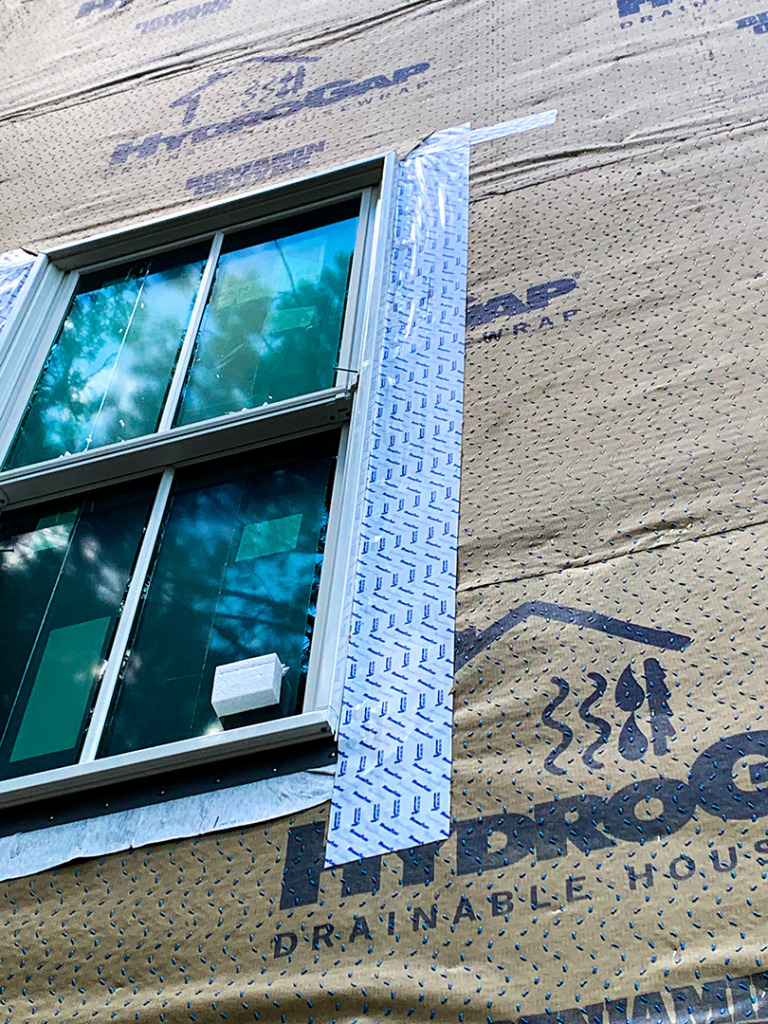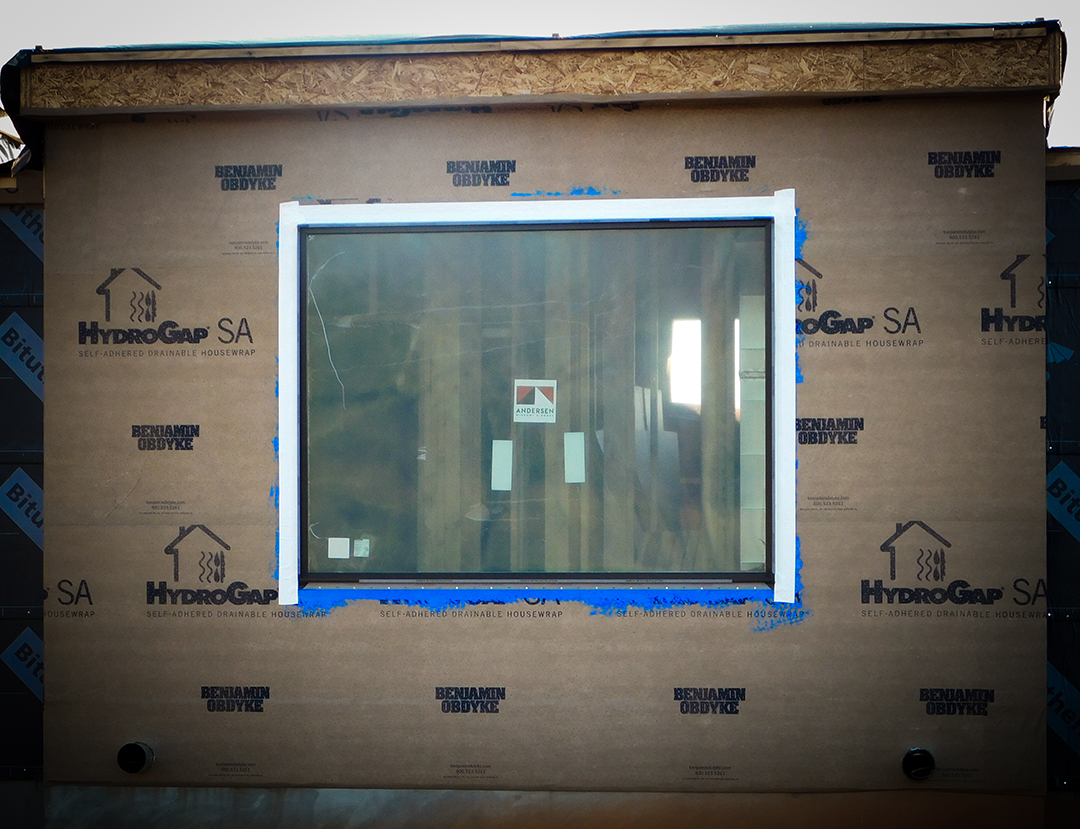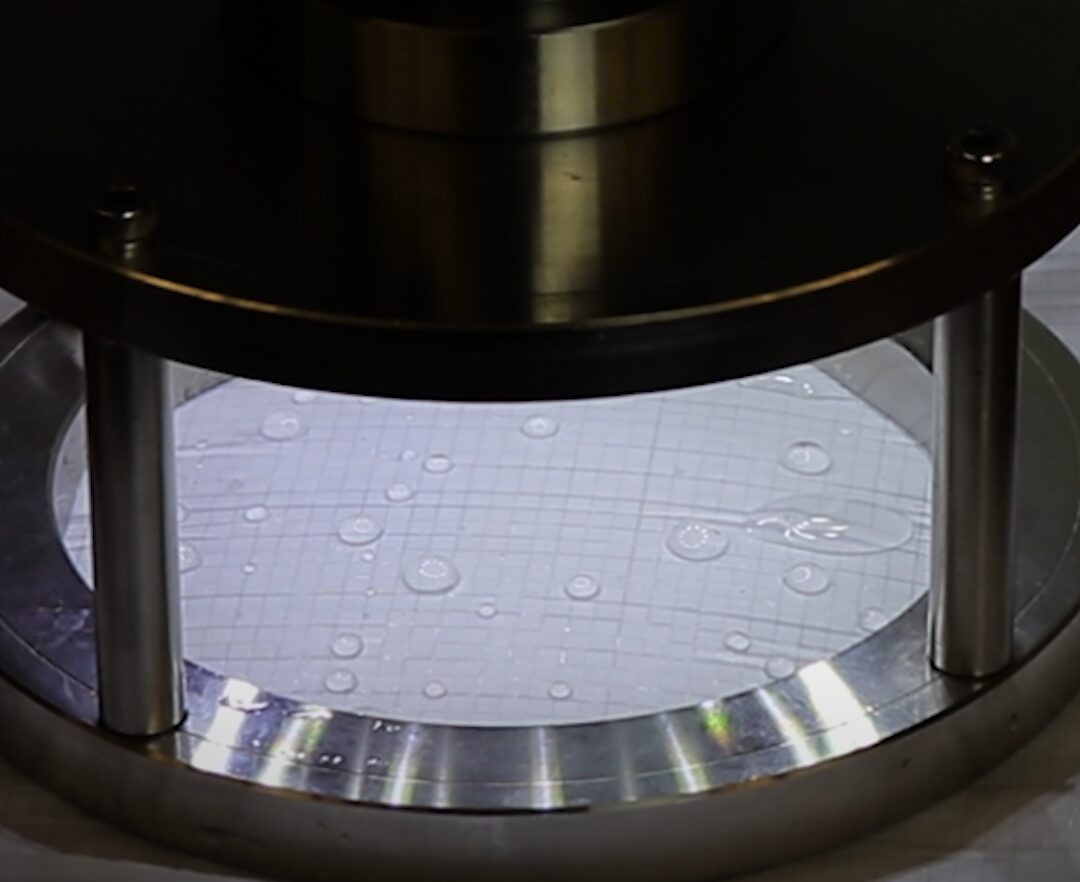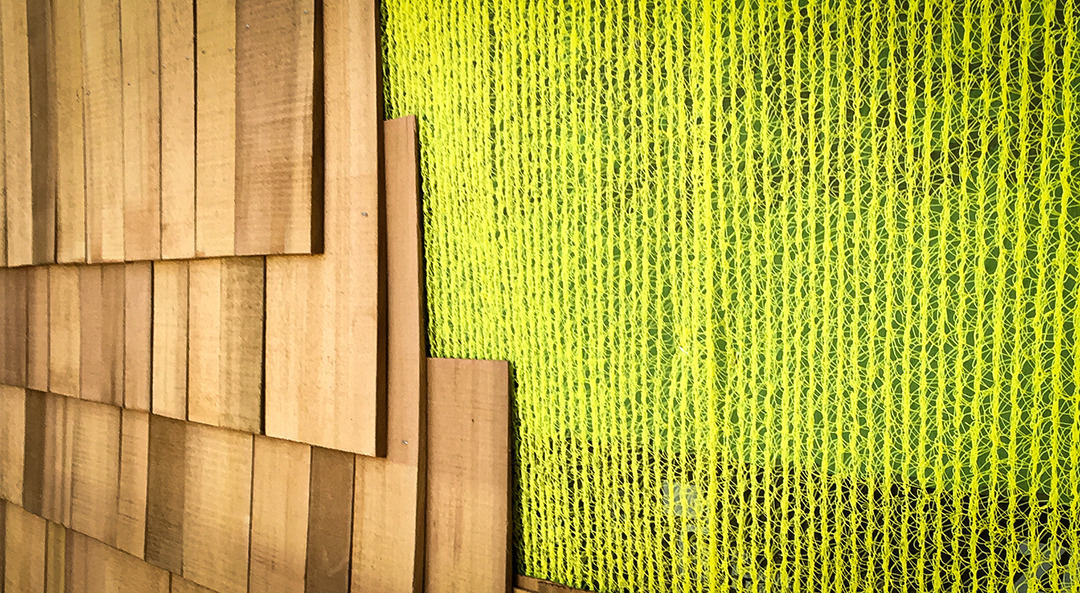As building science evolves, the products and techniques we use evolve too. In the building products space, one of the most recent and notable advancements is adhesive technology in flashing. While butyl- and asphalt-based adhesives used to be the go-to products, newer, acrylic-based technology are becoming the gold standard.
Understanding the differences between the main types of adhesives can help builders and contractors determine the right choice for their projects. Some of the most important factors to consider include climate zone/temperature, possibility of moisture intrusion, budget, efficiency, and quality of the product.
Below, is an overview of the three most common adhesive technologies and the basic advantages and disadvantages you should consider.
Acrylic
While relatively new, acrylic-based adhesive products are quickly climbing to the top. Typically comprised of acrylic or methylacrylic polymers, these adhesives are lauded for their cohesion, adhesion, and viscosity.
Advantages:
- Long-term UV stability.
- Long-term bond that cures over time, meaning it can be repositionable upon initial install but will become stronger over the course of its life.
- Can be installed in a broader range of temperatures.
- Unaffected by temperature fluctuations over the course of its life.
- High cohesion rate, ensuring that it remains bonded over its lifespan.
- Does not transfer colors to other materials.
- Can be vapor permeable depending on the formula and application method
- Available in multiple forms (tape and liquid-applied).
Disadvantages:
- Sensitive to surface moisture upon initial install; using a liquid-applied acrylic adhesive would be better in these conditions.
- Typically a higher price point than other adhesive alternatives.

HydroFlash® Samples
GET YOUR FREE HYDROFLASH® SAMPLES TODAY
Butyl
Butyl-based and “butyl-hybrid” technologies are made of specialized, synthetic rubber and were specifically designed to combat the disadvantages of natural rubber adhesives.
Advantages:
- Strong initial tack.
- High level of adhesion due to its ability to bond to most substrate materials.
- Relatively economical.
Disadvantages:
- Not repositionable, and therefore less forgiving if not placed perfectly the first time.
- Physical makeup may be altered by high or low temperatures. For example, can become fluid in high temperatures and solid/stiff in colder temperatures.
- Can dry out and become brittle over its lifespan, especially if it experiences multiple thermal changes.
- Can transfer color or adhesive to other surfaces.
Asphalt
Initially used in roofing applications, many contractors began using asphalt-based, or modified bitumen, adhesives as a primary flashing solution. The popularity of the product is due to it often being the cheapest option, but the low cost doesn’t justify the lack of quality that comes with these types of adhesives.
Advantages:
- Cost-efficient.
Disadvantages
- Successful adhesion can only happen in a very small temperature window.
- Breaks down and becomes brittle quickly.
- Can transfer color or adhesive to other surfaces.
- Can introduce major issues and compromise the integrity of the wall system due to its lack of compatibility with other products.
- Often voids window manufacturer warranties if used for window penetrations or integration with window flange
Understanding the benefits of each adhesive type can help you properly balance installation quality and cost for long-term performance. Despite acrylic technology being newer to the industry, the advantages point toward it being the most ideal option in most circumstances.
Want to know more? Let’s get visual! Check out our latest video where we tested the adhesive strength of a butyl-based adhesive vs. an acrylic-based adhesive over a 36-hour period.




